Ohio Farm Bureau introduces Energy and Utility Issues Resource Guide
Ohio Farm Bureau’s newest resource for members seeks to help farmland owners navigate the many questions surrounding energy development.
Read MoreElectricity fills the air as sulky drivers guide their horses to post positions behind the pace car. On a hot and sunny September afternoon, the 73rd edition of the storied Little Brown Jug, the third and final leg of the “Triple Crown of Harness Racing,” is about to start at the Delaware County Fairgrounds.
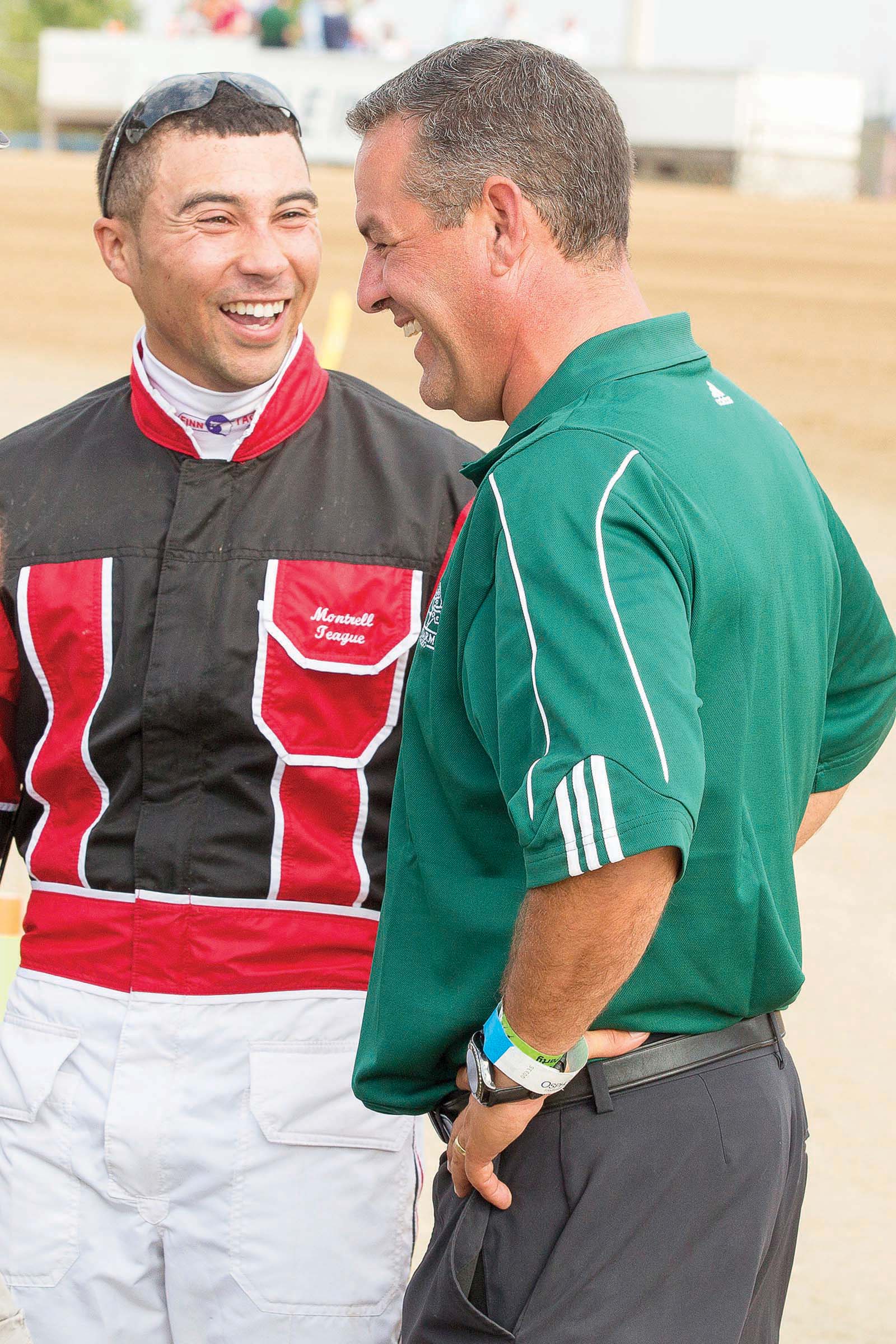
The Little Brown Jug is the culmination of more than four years of planning by horse owners — from meticulously choosing the best bloodlines, to foaling, nurturing and training for this crowning achievement.
For Joe McLead and Bill Walters, the Little Brown Jug is the result of more than six years of planning to bring their Standardbred stallion station, Sugar Valley Farm, to fruition. This year two horses in the finals, Lather Up and Done Well, are offspring of stallions who stood at their farm, and Joe and Bill waited nervously for them to compete, looking much like football parents as their sons prepare for the game. The two gambled on bringing more horsepower to Delaware County —and their bet is paying off in a big way.
Deep Roots
Sugar Valley Farm was founded by the late veterinarian Dr. Dale Walters and his wife Evelyn in 1968. Dale’s son Bill successfully raced the offspring of the veterinarian’s breeding business. Joe McLead grew up within the Delaware city limits but spent much of his free time on the rolling hills of his grandfather Dale’s farm.
Joe learned the business hands-on as well, going on the road training and racing with his Uncle Bill. Joe would eventually work as general manager for one of the biggest Standardbred farms in the country, WinStar Farm, in Maryland.

“After moving back to Ohio, I started getting calls from my friends in the East wanting to know where they could stand some stallions in Ohio,” Joe said. In 2011, Joe approached his uncle with an idea. “Let’s start a breeding farm at Grandpa’s farm. Let’s bring it back and make it a top-of-the-industry stallion station,” Joe suggested.
“We gambled that the industry would turn around when we started the stallion station,” Joe said. “Video lottery terminals had been turned down in Ohio before, but we had faith that it would come to fruition, and it did.”
The duo hit the ground running. With Bill’s hands-on horse sense and Joe’s contacts, the farm began with a roster of four national level stallions. Today, that roster has grown to seven stallions, including some of the best bloodlines in the industry. “Our breeding shed opens around Valentine’s Day and continues until July 4th. We bred 200 mares that first year,” Joe noted. “This past year, we bred more than 450.”
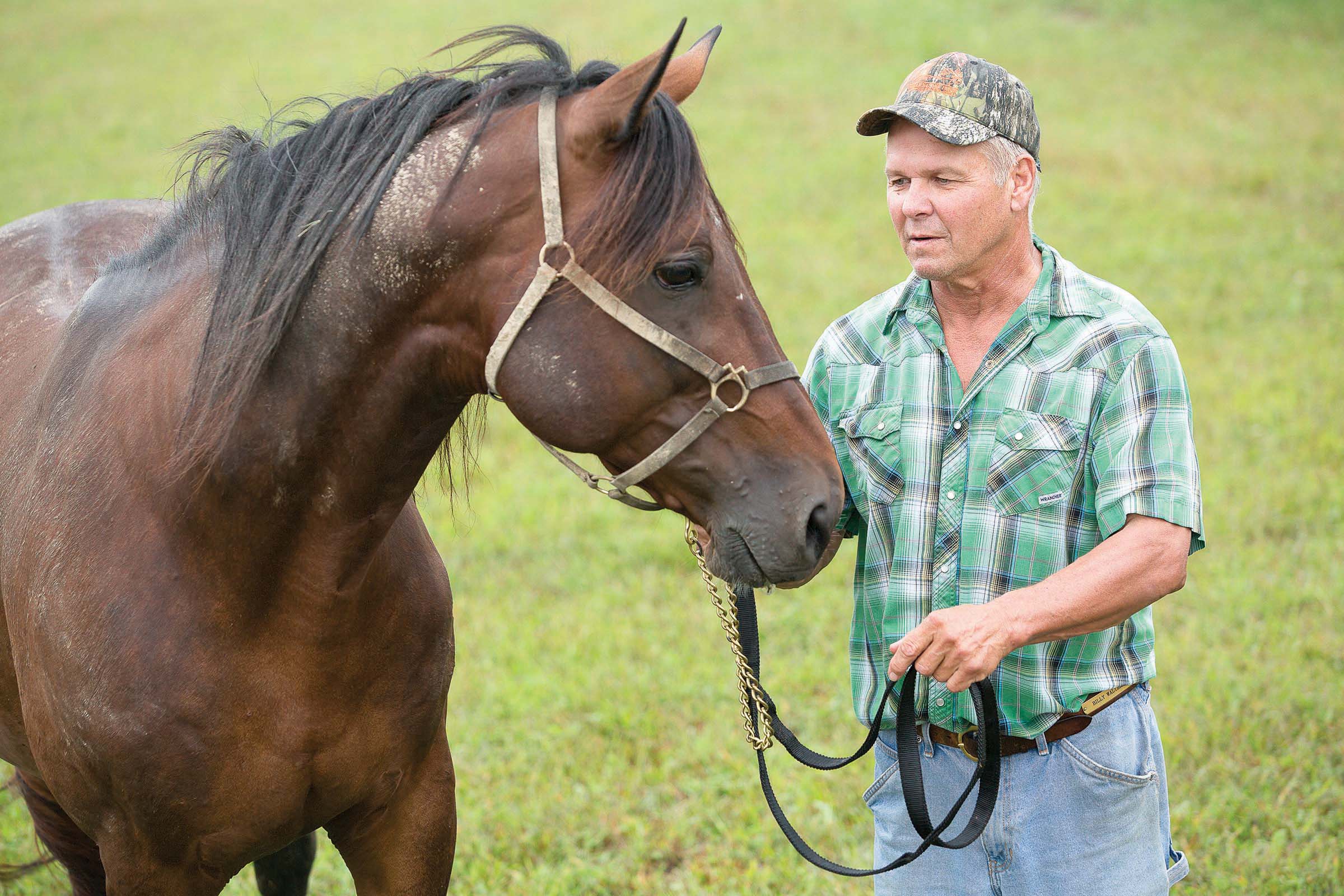
Some of the stallions enjoy popularity in Australia and New Zealand, which have a breeding season opposite of the United States, as well as in Europe, making the breeding operation a nearly year-round venture for the staff of six. Sugar Valley Farm also raises some of its own foals and boards mares and foals out mares for select clients.
The farm has already seen success. The 2015 Little Brown Jug winner, Wiggle It Jiggleit, is by Mr Wiggles, a stallion who stands at Sugar Valley. Seeing Eye Single, which won the Ohio Sires Stakes in 2017, is by the late stallion Dragon Again, who stood at the farm.
A Gamble Worth Taking
Sugar Valley Farm is just one example of a renaissance of Ohio’s horse industry — especially its racing sector.
Ohio voters approved video lottery terminals (VLTs) in Ohio’s seven racetracks in 2009. Farm Bureau testified for that initiative as a way to support the equine industry, and VLTs began legal operation in June 2012. The financial infusion to the state’s racing industry could not have been more needed. In 2011, Ohio stood 59 Standardbred stallions, down from 227 a decade before. Ohio’s racing industry had seen its total revenue decline from $20 million in 2002 to its lowest point of $8.8 million in 2012. In its first full year of cash infusion from VLTs, the state saw that number double to $17.6, according to the Ohio State Racing Commission’s records.
Last year alone, the Ohio Racing Commission added $3.9 million to Standardbred racing purses at the state’s four Standardbred tracks and the Ohio Standardbred Development Fund, and nearly $2.5 million to Thoroughbred racing purses to Ohio’s three Thoroughbred racetrack pools and the Ohio Thoroughbred Race Fund.
Equine Economics
A study conducted by the American Horse Council in 2005 showed that the horse industry provided $1.5 billion in goods and services to the state, and generated $81 million in taxes, including $56 million in state and local taxes. The equine industry created 16,600 jobs and 42,700 jobs in related activities. AHC noted that Ohio currently has 256,000 horses, part of the 62 million horses found in the United States, and ranked sixth in the nation in horse population.
Ohio ranks first in several statistics. “Ohio has the most county fairs that host harness racing events, with 67 counties offering $6.3 million in total purses,” noted Renee Mancino, executive director, Ohio Harness Horsemen’s Association. “Our state is also first in the number of registered Standardbred stallions, mares bred and foals produced.”
None of these figures surprise Joe. “Ohio is where everyone wants to be right now,” he said.
The horsemen impact Ohio’s agricultural industry as well. “We buy our hay and grain locally here in Delaware County,” Joe noted. “We buy fencing locally, and a local contractor paints it. Our employees are local, and of course we’re buying trucks, trailers and working with our local veterinarian. When you multiply that by the number of farms around the state, it’s a huge impact.”
With racing in his veins, Joe is happy to see the racing industry’s comeback, not only for his own business, but the industry as a whole. “It’s exciting to go to the races,” he said. “It may be old fashioned, but spending the day at the track is fun for the whole family. Everyone used to go to the races for entertainment. Now, that seems to be coming back.”
In a continued effort to strengthen ties within the agriculture community and equine industry, Ohio Farm Bureau and the Ohio Horsemen’s Benevolent and Protective Association formed a new partnership this summer. Ohio HBPA represents nearly 2,500 owners and trainers who race thoroughbreds at Ohio’s three commercial Thoroughbred race tracks. The association donated $85,000 to the Ohio Farm Bureau Foundation focusing on bringing more young people to careers in agriculture as well as annually offering $5,000 in scholarships for incoming college freshmen pursuing agriculture-related majors. Ohio HBPA also is a participant in OFBF’s group membership program.
Photos by Dave Liggett
NOTE: The original published version of this story contained an error in the spelling of Joe McLead’s name. It is corrected here.
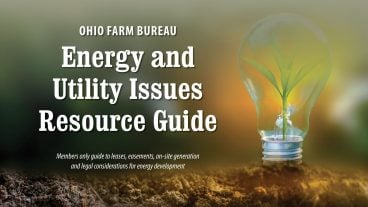
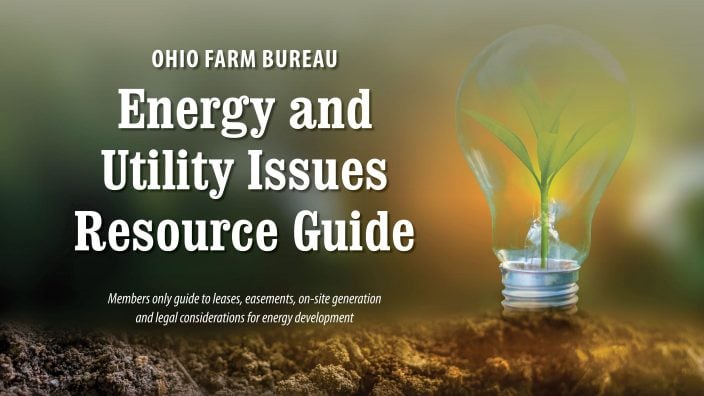
Ohio Farm Bureau’s newest resource for members seeks to help farmland owners navigate the many questions surrounding energy development.
Read More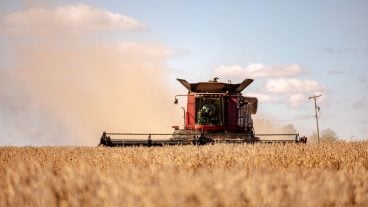
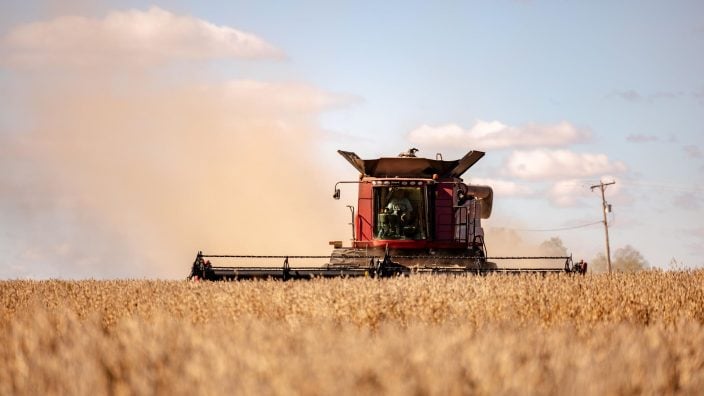
Time is running out for thousands of farmers who may face steep fines and possible jail time for failing to…
Read More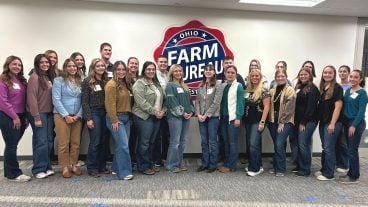
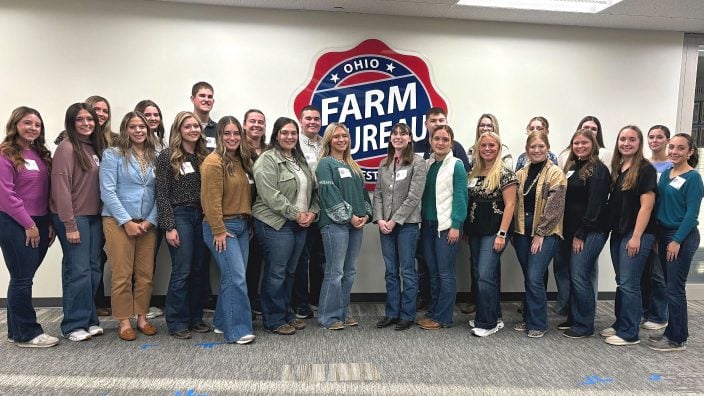
Collegiate Farm Bureau organizations at The Ohio State University and Wilmington College each will receive $500 to aid in chapter recruitment and activities.
Read More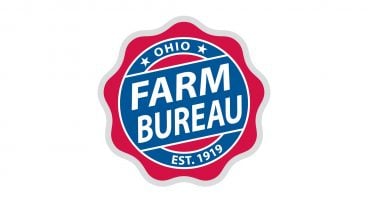
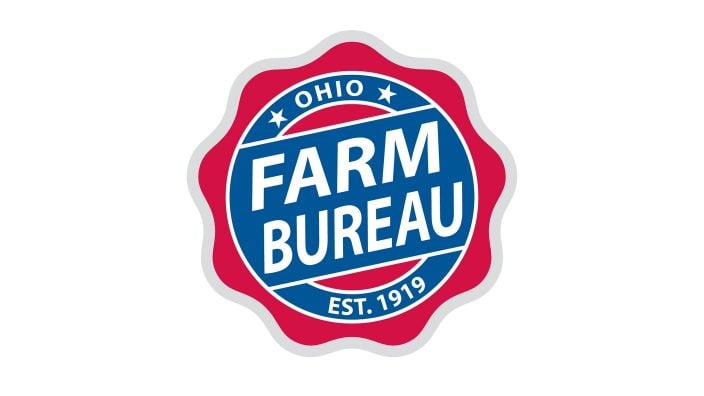
The American Farm Bureau Federation County Activities of Excellence awards celebrate unique, local, volunteer-driven programs that serve as models of innovation for local program development.
Read More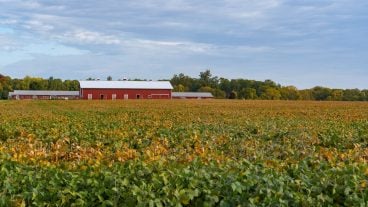
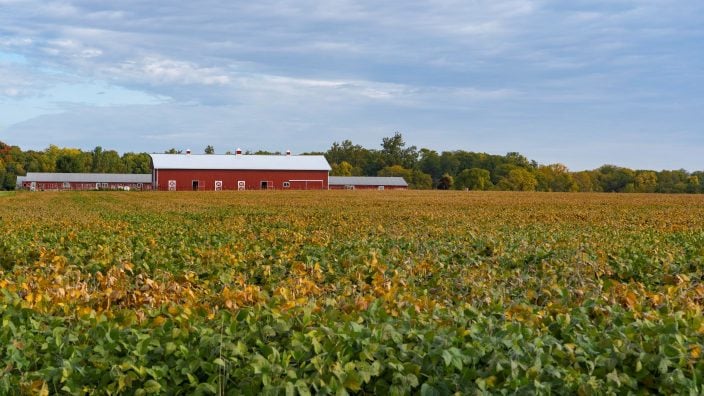
To ensure that your farm and family receive competent guidance, proactive scheduling will be critical in the early part of 2025.
Read More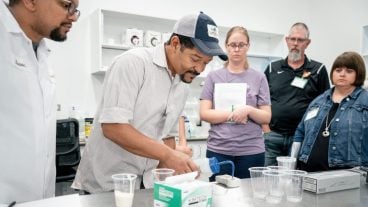
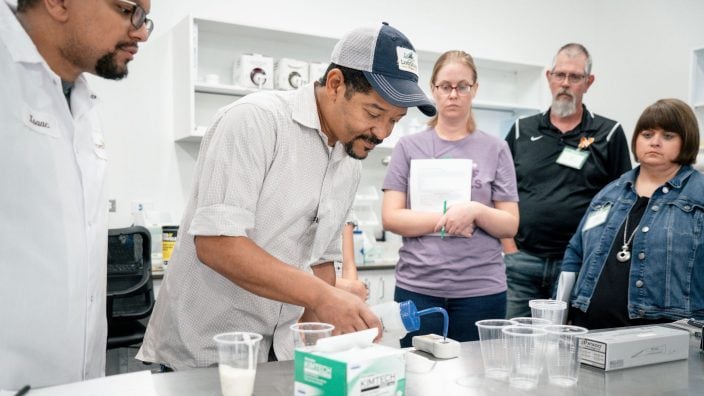
This summer’s ‘Experience Food Science: Field to Package’ workshop offered educators a close look at the intersection of agriculture, food science, and technology.
Read More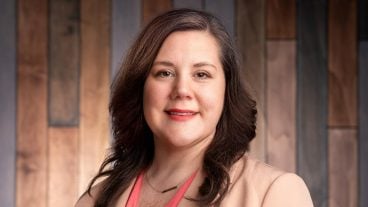
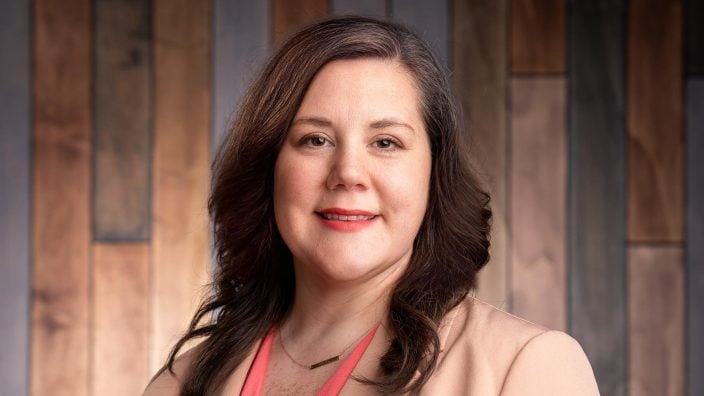
Leah Curtis of Canal Winchester has been named associate general counsel for Ohio Farm Bureau.
Read More

A year after a new “value first” pilot project was launched in 12 northwest Ohio county Farm Bureaus to test…
Read More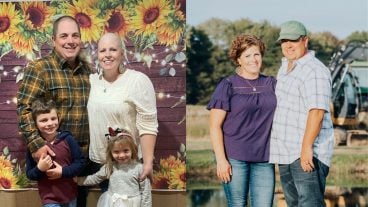
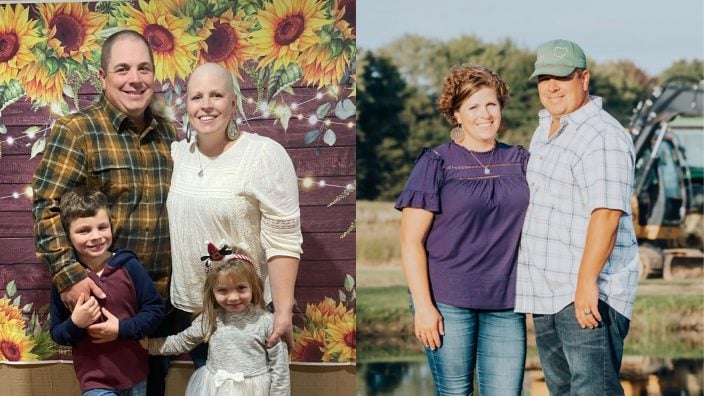
If you haven’t already, it’s time to join the growing list of members who wish they would have switched to the Ohio Farm Bureau Health Benefits Plan sooner!
Read More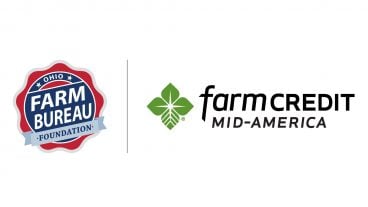
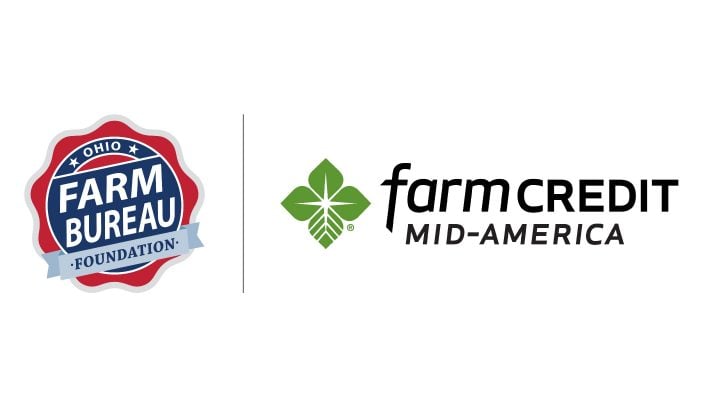
Farm Credit Mid-America has committed $250,000 over the next five years to support the grant and help it achieve its vision.
Read More